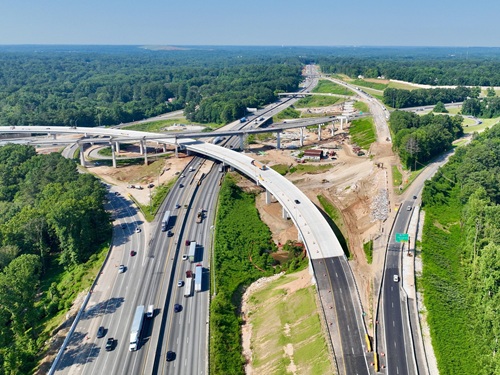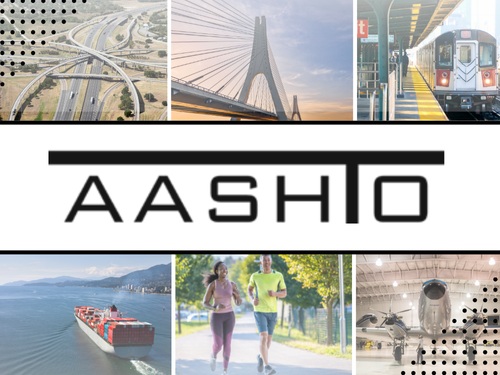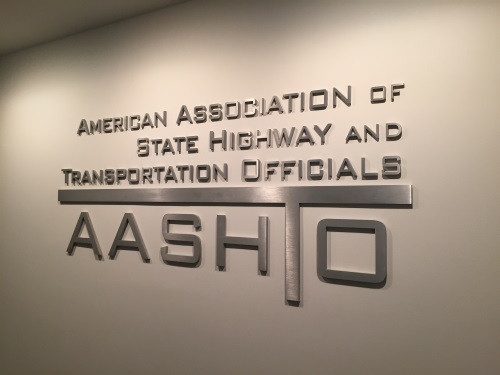The American Association of State Highway and Transportation Officials issued a 15-page policy white paper on July 7 that updates the organization’s key surface transportation priorities by addressing several critical issue elevated in importance over the last two years since its adoption of comprehensive surface reauthorization policies in 2019.
Entitled “Policy Recommendations on Key Surface Transportation Priorities,” the white paper focuses on 11 key principles: Equity; Safety; Transit; Passenger Rail; Resilience; “Fix It Right” and Performance Management; Greenhouse Gas Reduction; Broadband Deployment; Electric Vehicle Charging Infrastructure; Bridges; and “Buy America” mandates.

One of AASHTO’s key policy updates outlined in its white paper is to “engage in the vital work of advancing racial justice, equity, diversity, and inclusion as individuals and as an institution.” That commitment stems from a diversity, equity, and inclusion or DEI resolution passed by AASHTO’s board of directors at its 2020 annual meeting.
AASHTO said another priority state departs of transportation “strongly support” is the development of a more resilient transportation system that has the ability to protect against, respond to, recover from, or mitigate against natural disasters, acts of terrorism, and other man-made disasters.
In addition to climate change, state DOTs are taking a broader definition of resilience to include an all-hazards approach that would not limit resilience to only natural disasters, but also man-made events such as cyberattacks.

AASHTO also agreed with the Biden administration’s view that broadband internet is the “new electricity,” meaning it is necessary for Americans to do their jobs, to participate equally in school learning, health care, and to stay connected.
When done safely, AASHTO strongly supports the highest and best uses of the highway rights-of-way – a critical transportation resource owned and operated by state DOTs to support wider broadband deployment.
Another updated area is a greater emphasis on safety efforts, especially in terms of protecting pedestrians and bicyclists, preventing roadway departures, while improving safety in work zones, along rural roads, in school zones, and other transportation corridors.

Greater investment in rural transit systems is also another updated AASHTO priority, in part due to the financial support state DOTs provide to both urban and rural transit networks.
According to AASHTO’s “Survey of State Funding for Public Transportation” Final Report 2021, states cumulatively provided about $20 billion in transit funding in 2019 compared to $11 billion from the federal government in that same year.
AASHTO also expressed concern in its white paper about prioritizing funding for certain “asset classes” such as bridges instead of looking at the management of the transportation network from a systematic perspective.
Delineating certain dollars just for specific assets like bridges – separate from pavement or other assets, for example – does not enable a state DOT to optimize limited funding across all asset classes, AASHTO argued in its policy paper.
 Top Stories
Top Stories
How Rising Construction Costs Could Impact Reauthorization
November 14, 2025 Top Stories
Top Stories

